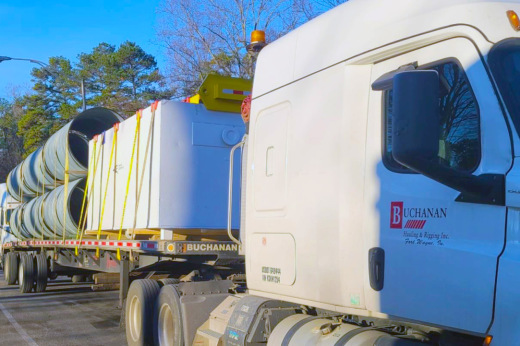
In the vast network of global trade and commerce, trucking serves as the backbone, facilitating the movement of goods from manufacturers to distributors and ultimately to consumers. However, within this intricate web of transportation, ensuring the safe and efficient transport of goods is paramount. Front and center to this objective is the proper securement of loads on trucks—a process that demands meticulous attention to detail and adherence to stringent safety standards.
In Trucking, load securement refers to the techniques and practices employed to restrain cargo securely on a truck or trailer during transit. Whether hauling heavy machinery, construction materials, or consumer goods, the importance of proper load securement cannot be overstated. Failure to adequately secure loads can lead to disastrous consequences, including accidents, injuries, property damage, and financial losses.
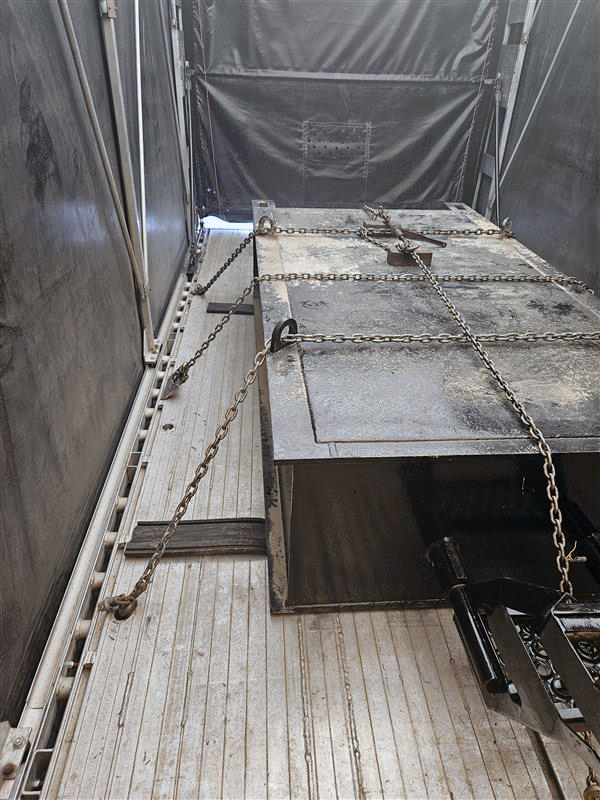
One of the primary reasons for emphasizing load securement is #safety. A securely fastened load reduces the risk of shifting or falling during transportation, thereby minimizing the potential for accidents on the road. Loose cargo poses a significant hazard not only to the truck driver but also to other motorists sharing the road. Moreover, a sudden weight shift can destabilize the truck, leading to rollovers or jackknives.
To mitigate these risks, regulatory bodies such as the Federal Motor Carrier Safety Administration (FMCSA) have established comprehensive guidelines for load securement. These guidelines encompass various aspects, including the types of restraints to be used, the number of tie-downs required based on the cargo's weight and dimensions, and the proper placement and tension of straps, chains, or other securing devices.
The FMCSA standard 393.100 covers requirements that apply to load securement. DOT officials will refer to this standard when they’re conducting an inspection. Effective load securement also contributes to a reduction in cargo insurance claims. A securely fastened load is less likely to incur damage during transit, reducing the likelihood of costly product losses or delays in delivery. By preventing load shifts, securement measures help maintain the integrity of the cargo, ensuring that it reaches its destination in the same condition as when it was loaded onto the truck. This, in turn, fosters positive relationships between shippers, carriers, and customers, enhancing the reputation and reliability of the trucking company.
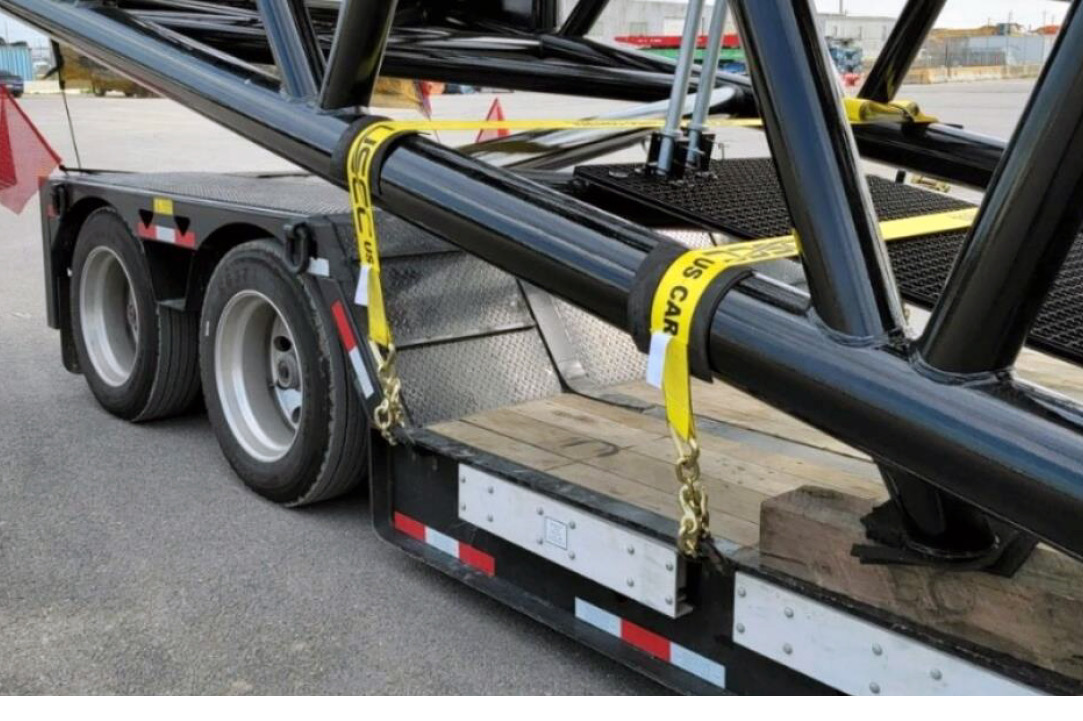
The process of load securement begins long before the cargo is loaded onto the truck. It involves careful planning and assessment to determine the appropriate equipment and techniques required to secure the specific type of load being transported. Factors such as the size, shape, weight, and center of gravity of the cargo must be taken into consideration to devise an effective securement strategy. The shipper or loader is the first line of defense in ensuring the cargo is secured to reduce damages and ensure the goods arrive safely. Many shippers will have specific SOPs on how they want their products to be secured and communicate those requirements to their trucking partners ahead of time.
Once the cargo is ready for transport, drivers and the loading crew must execute the SOP, and both agree the product is secured to everyone’s liking. Whether the load requires chains, binders, straps, tensioners, edge protectors, inflatable bags, load bars, or dunnage, professionals like Alex Ledger with US CARGO CONTROL can outfit you and your crew with the exact equipment required for any situation. They are also very knowledgeable regarding FMCSA standards and what to look for in replacing securement that no longer meets these standards.
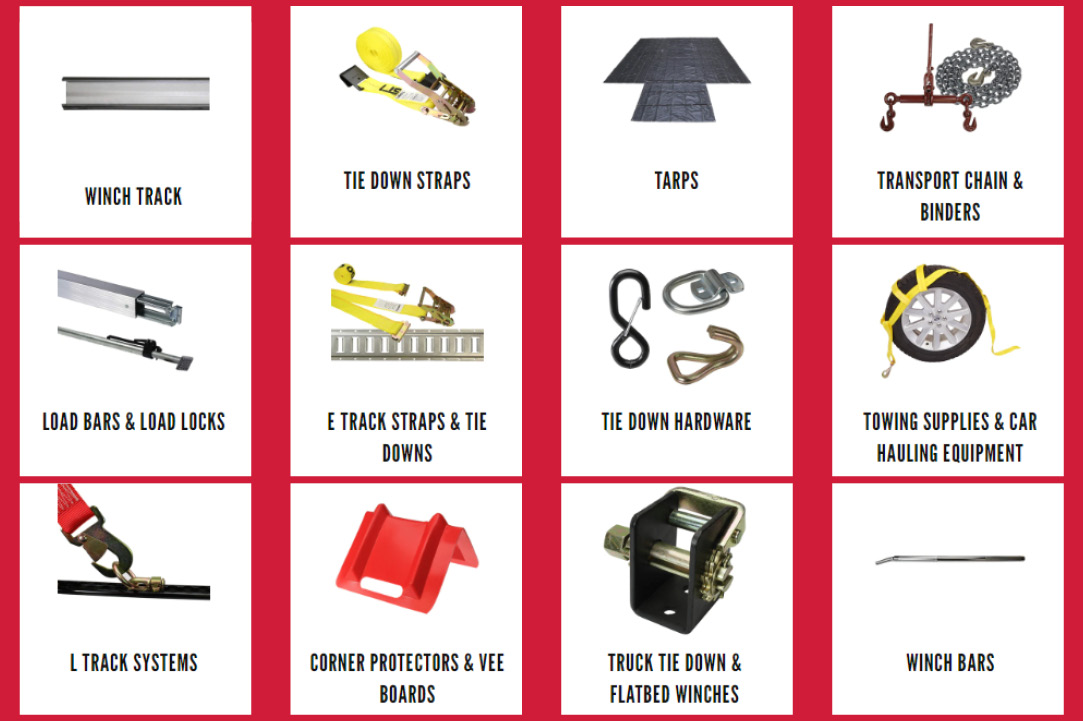
The FMCSA standard references the WSTDA-T1, which talks about recommended specifications when using web tie-downs to secure cargo. It also talks about the inspection of web tie-downs. The WSTDA-T1 is a great resource to refer to when you’re inspecting your straps before use.
During transit, truck drivers must remain vigilant, periodically inspecting the load to ensure that it remains secure. Factors such as changes in road conditions, weather, or the behavior of other vehicles can affect the stability of the cargo. Regular checks allow drivers to identify and address any issues promptly, minimizing the risk of load shifts or failures.
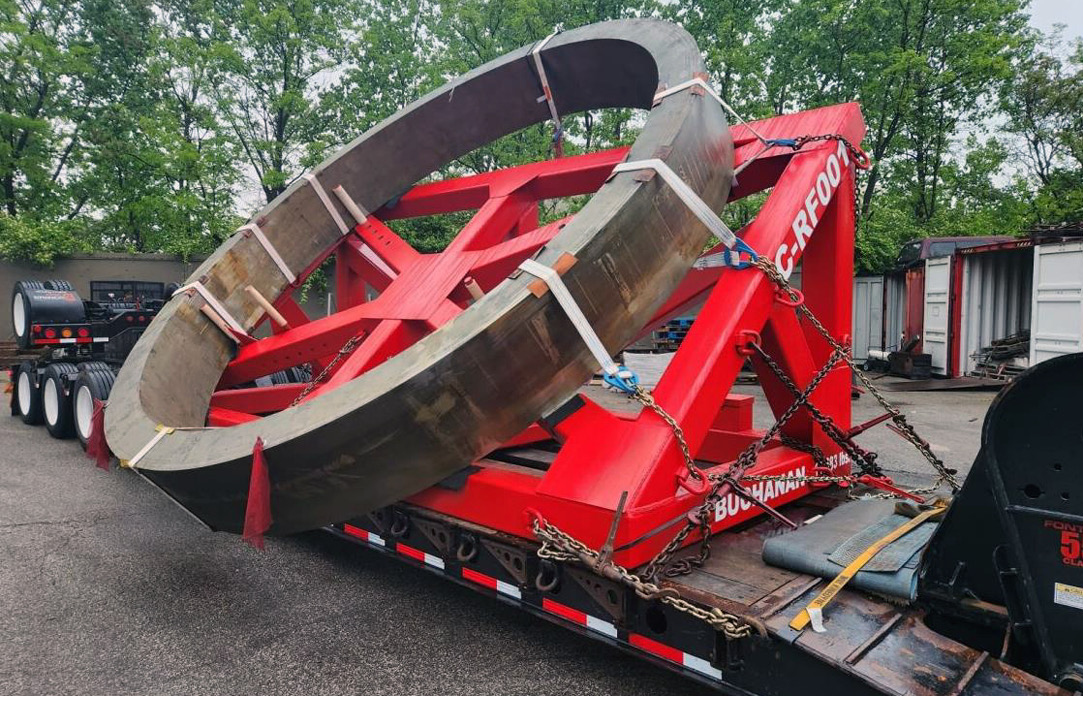
Proper Communication must flow from Customer to Shipper to Loader to Dispatcher to Driver to ensure loads traveling on our roads and highways arrive safely. Below is a summary of how the responsibility of load securement changes hands.
- Customer – Those who know their products and equipment the best will prepare an SOP including visual examples of how they want their products shipped. They will provide specific expectations and quantities of the types of securement devices they require or prefer.
- Shipper/Loader - Responsible for loading the product/equipment in a manner that is suitable for transport, as well as unloading. When the shipper signs the BOL, the shipper states the product has been loaded out in an acceptable status to be received free of claims and with an accurate quantity.
- Dispatcher/Broker - Responsible for communicating to the driver what specific load securement devices the customer requires, in both quantities. This may also mean passing along the SOP to the driver and confirming once loaded that the securement methods meet or exceed the customer's request.
- Driver- Most critical - ensures the load is secured to the customer's satisfaction, as well as abiding by DOT/FMCSA guidelines on quantity that each load securement device is in good working condition, and that the entirety of the load is secured within the legal working load limits of each device.
- Unloader/Consignee - Documenting if load securement methods remained intact during transport, and if any damages occurred while in transit and documenting in the event there are any potential claims on the BOL.


